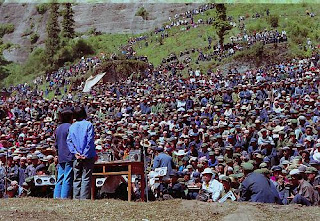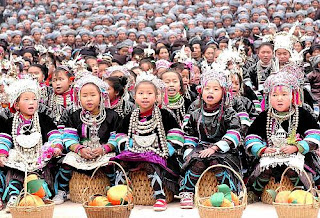In Gansu and Qinghai Provinces and throughout north-central China China
Inscribed in 2009 on the Representative List of the Intangible Cultural Heritage of Humanity
© Text: UNESCO, Image: Linxia prefecture







